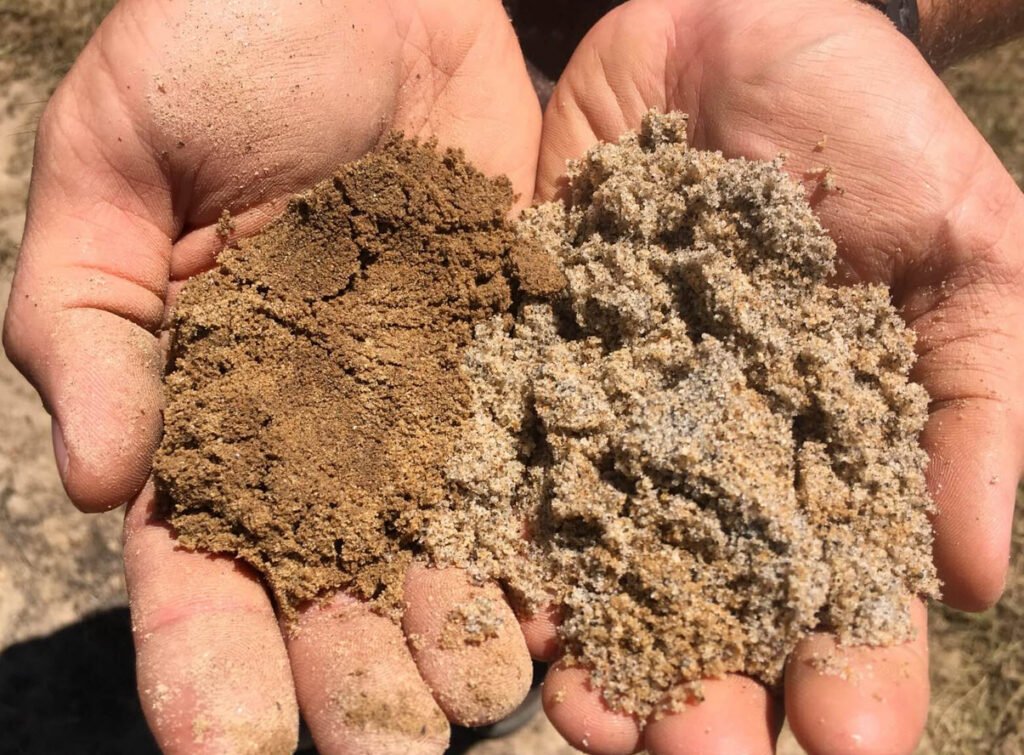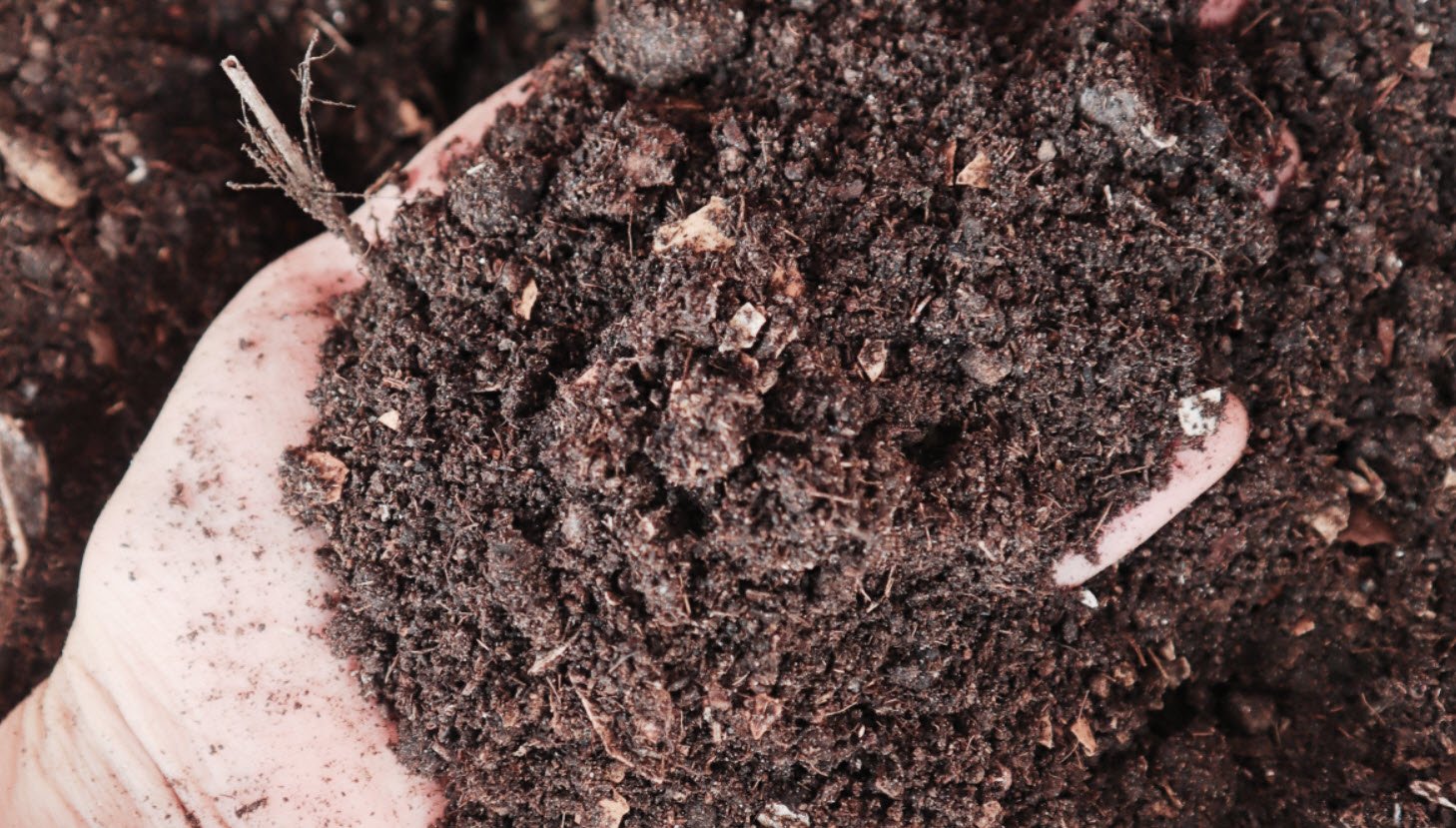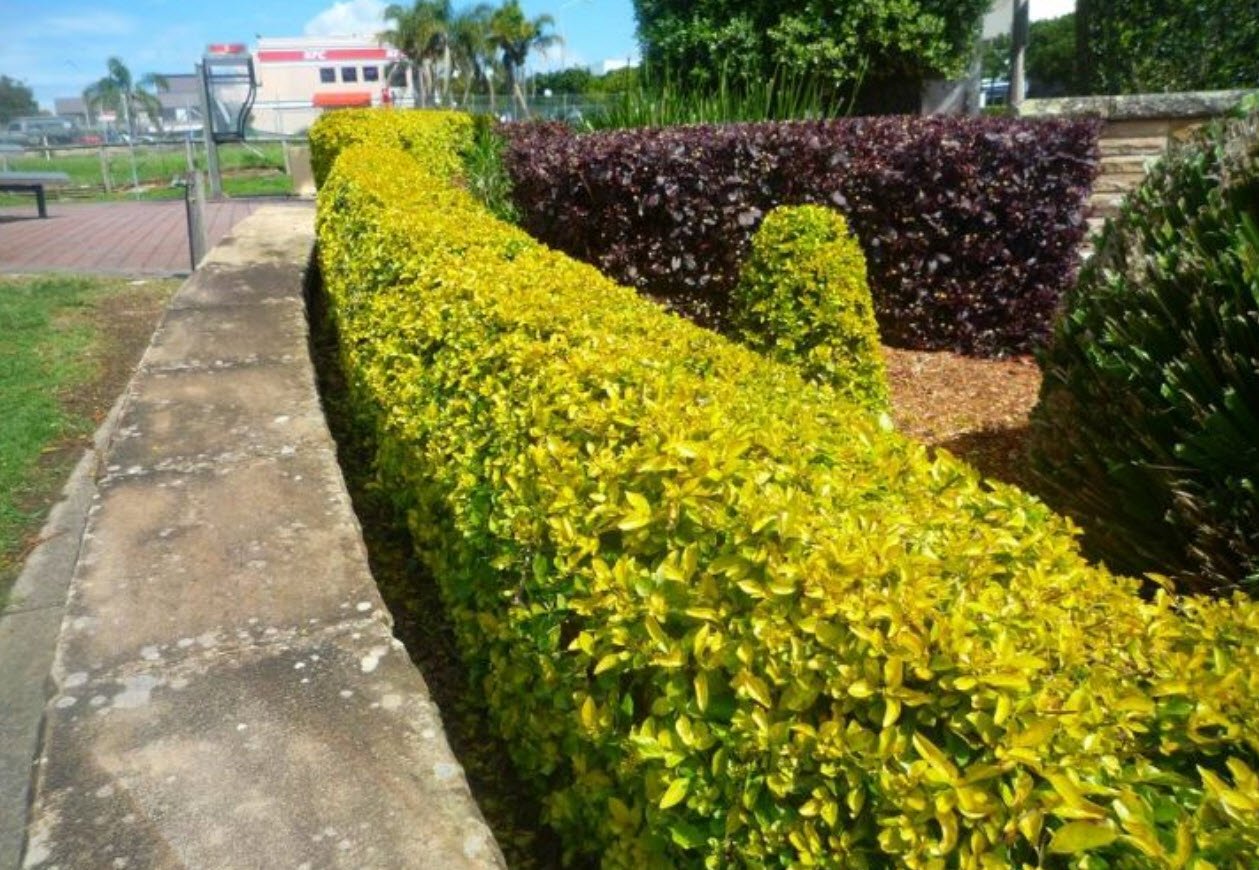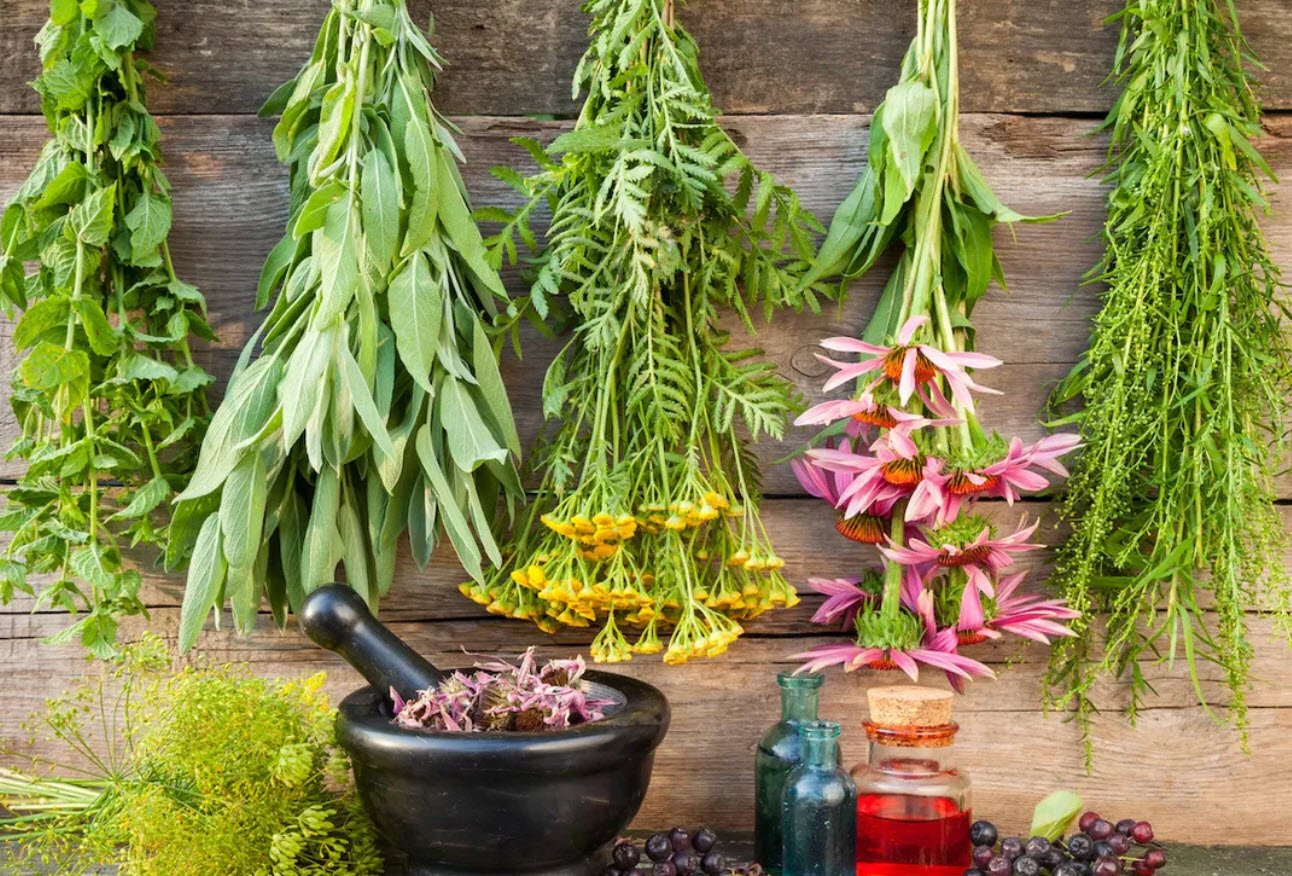
Sandy soils present both opportunities and challenges for gardeners. The loose texture of sandy soils allows plant roots to grow freely, making it easier for plants to establish themselves. However, the fast-draining nature of sandy soils also means that water and nutrients can quickly wash away, leading to potential moisture and nutrient deficiencies. Despite these hurdles, with the right approach and thoughtful plant selection, sandy soils can be transformed into thriving gardens.
In this article, we explore strategies to work with sandy soils and unlock their gardening potential.
- Choose Drought-Tolerant Plants
- Incorporate Organic Matter
- Mulch for Water Retention
- Watering Smartly
- Green Manures for Soil Improvement
1. Choose Drought-Tolerant Plants
One of the best strategies for sandy soils is to opt for plants that are naturally suited to these conditions. Look for native plants that have evolved to thrive in sandy environments or select drought-tolerant species that can adapt well to low moisture levels.
For instance, in regions like California, lavender (Lavandula), California lilac (Ceanothus), and California poppy (Eschscholzia californica) are excellent choices due to their resilience in sandy soils.
2. Incorporate Organic Matter
Improving water retention in sandy soils is essential to support healthy plant growth. Incorporating organic matter into the soil helps retain moisture and nutrients. However, sandy soils have a tendency to decompose organic matter quickly.
To address this, add a mix of materials in various stages of decomposition, such as humus, straw, or shredded bark. This diverse mix will gradually break down, providing a steady supply of nutrients and enhancing the soil structure over time.
3. Mulch for Water Retention
Mulching is an effective technique to conserve soil moisture in sandy soils. By spreading a layer of organic mulch on planting beds, you create a protective barrier that reduces evaporation and helps retain water in the soil. Materials like wood chips, straw, or compost can be used as mulch, not only preserving moisture but also improving soil health as they break down.
4. Watering Smartly
Regular watering is crucial for sandy soils, but it is essential to do it strategically to prevent nutrient leaching. Frequent, light watering is preferred over infrequent heavy watering. This method ensures that plant roots receive the necessary moisture without excess water draining too quickly through the soil.
Moreover, consider using soaker hoses or drip irrigation systems to deliver water directly to the root zone, reducing water wastage.
5. Green Manures for Soil Improvement
Green manures, such as clover, are cover crops that serve multiple purposes. When grown in sandy soils during fallow periods, green manures add organic matter and improve soil structure. They also fix nitrogen from the atmosphere, enriching the soil with this essential nutrient. Once they have grown, they can be turned into the soil to boost its fertility.
In conclusion, sandy soils offer an array of opportunities for gardeners willing to work with their unique characteristics. By selecting appropriate plants, incorporating organic matter, mulching, watering wisely, and utilizing green manures, sandy soils can be transformed into productive and sustainable gardens.
Embracing these strategies allows gardeners to unlock the true potential of sandy soils, creating thriving landscapes that harmoniously blend with their natural surroundings. With care and dedication, sandy soils can become a canvas for stunning and environmentally friendly gardens.








